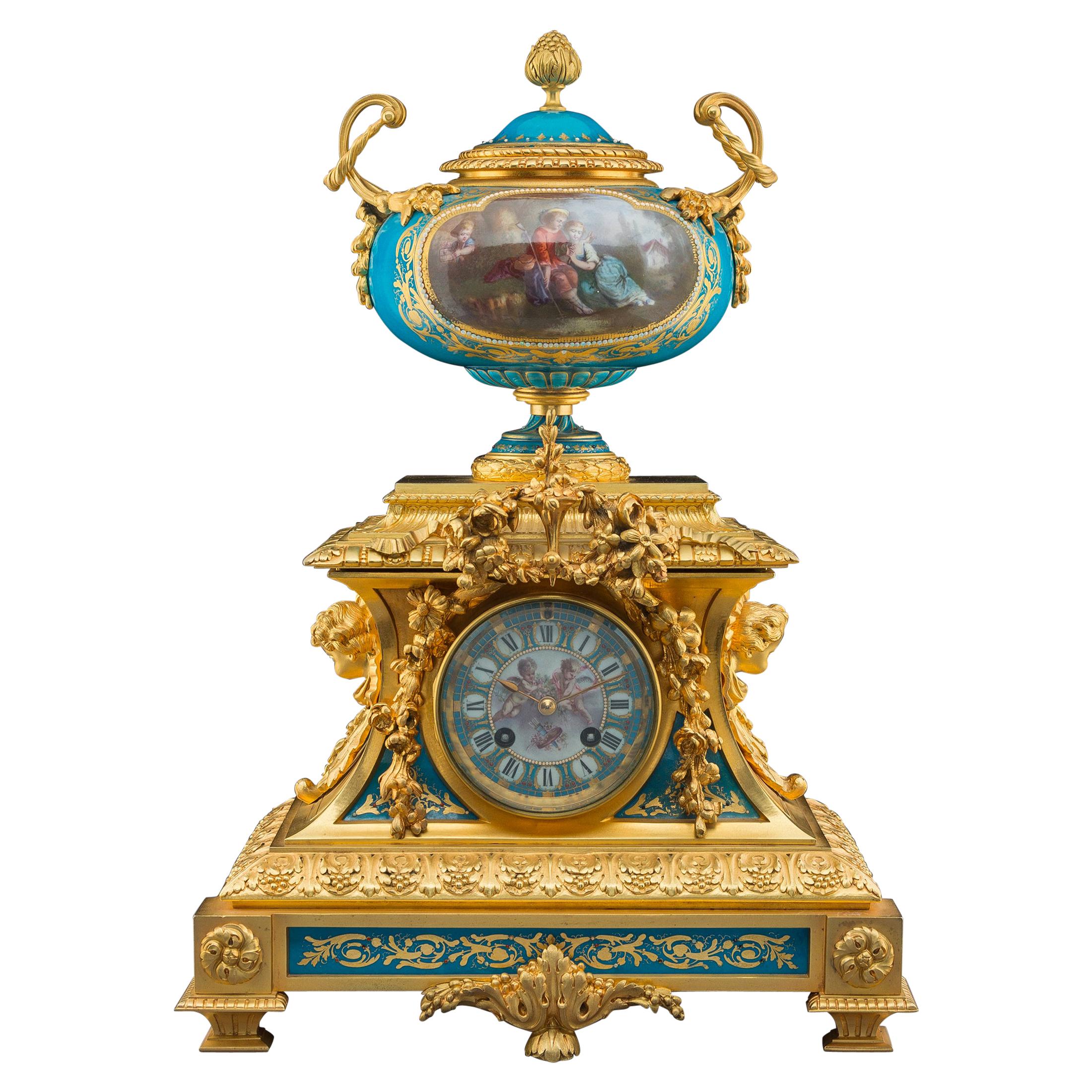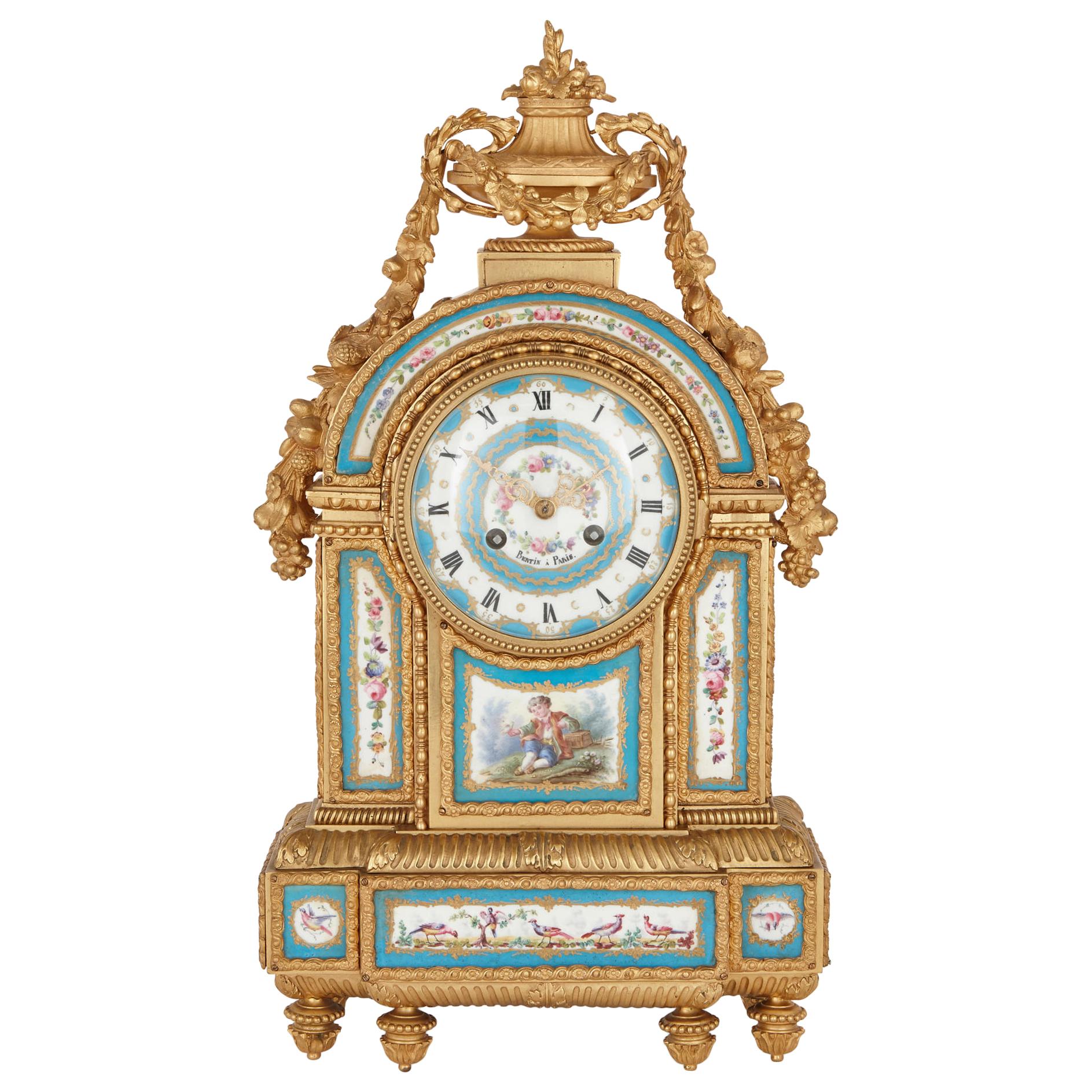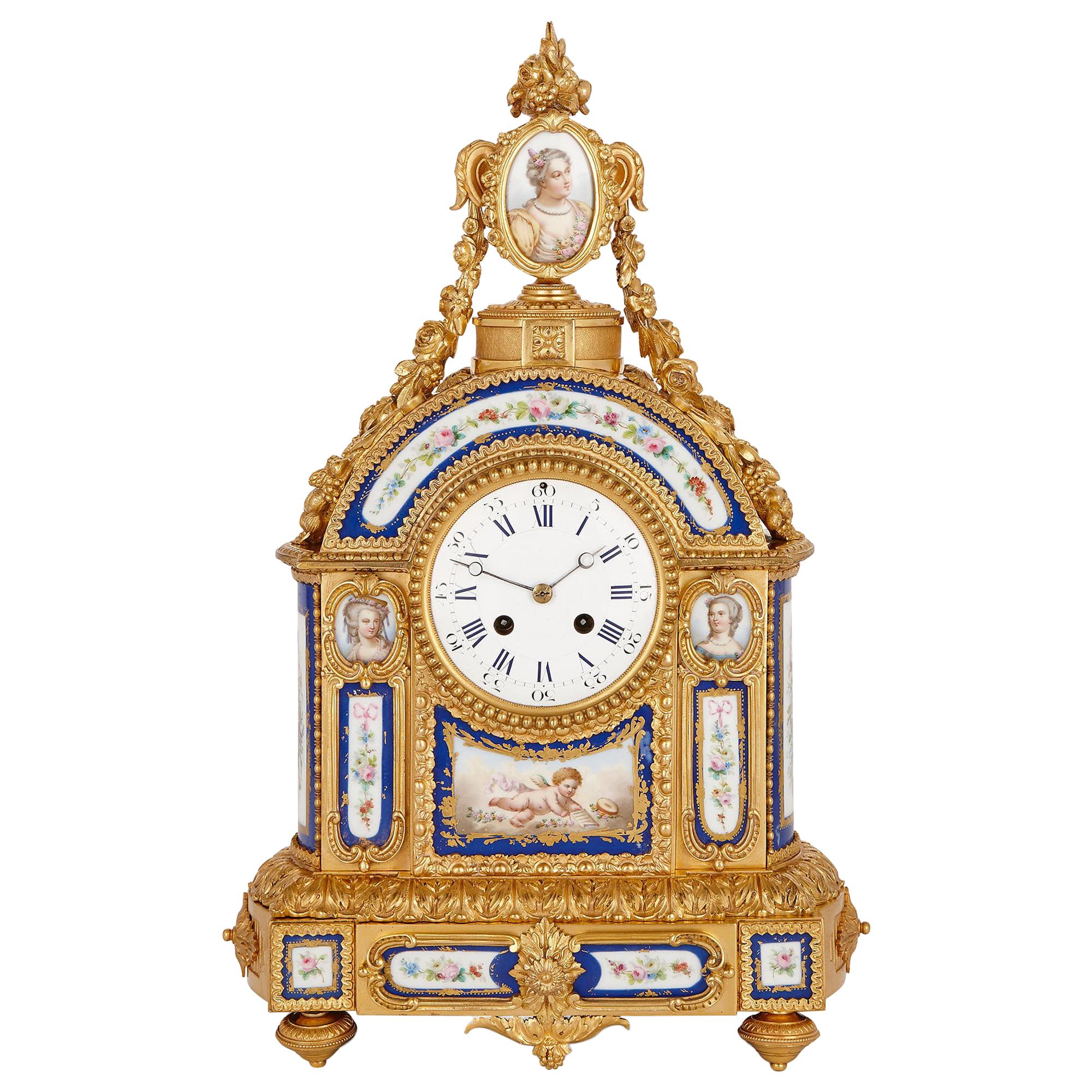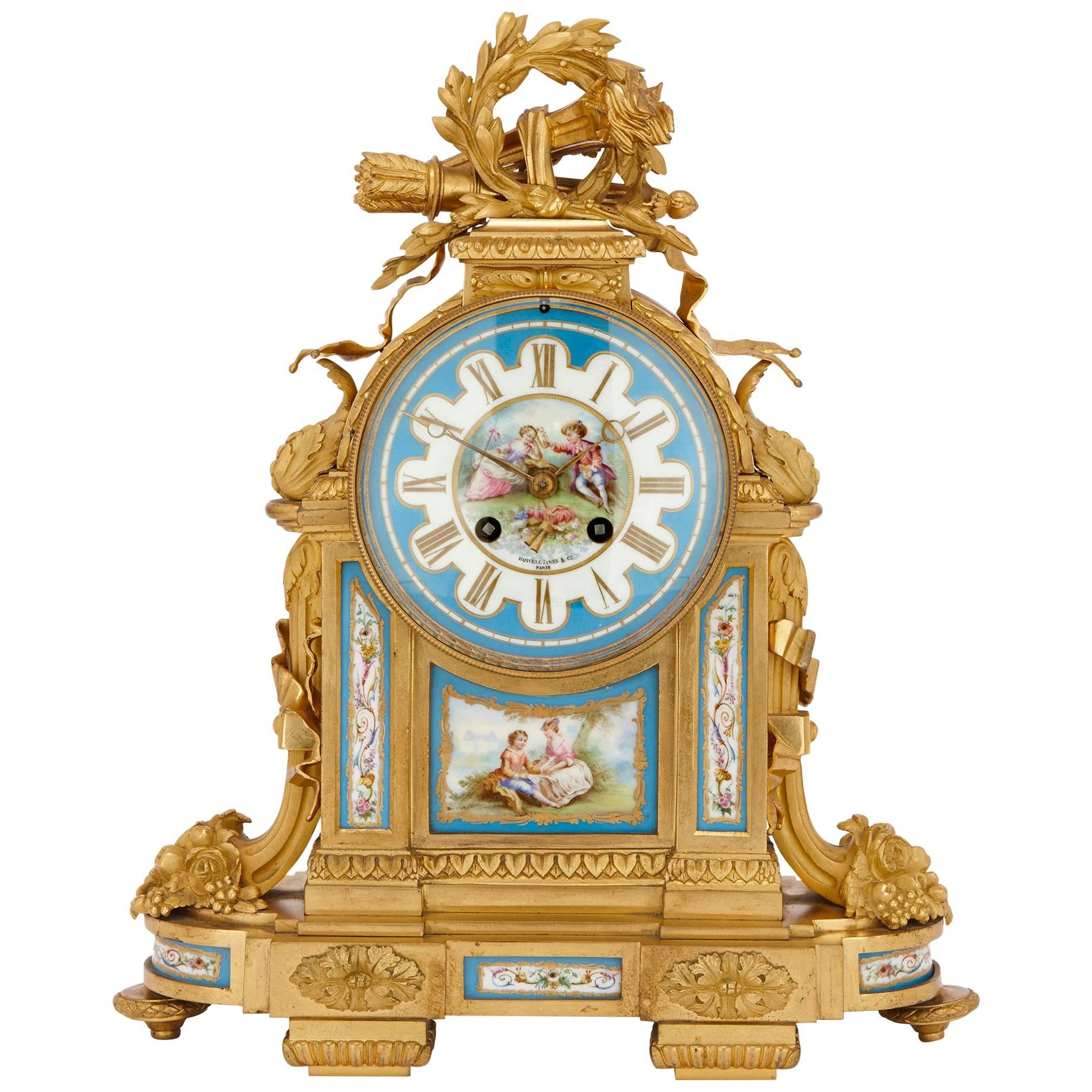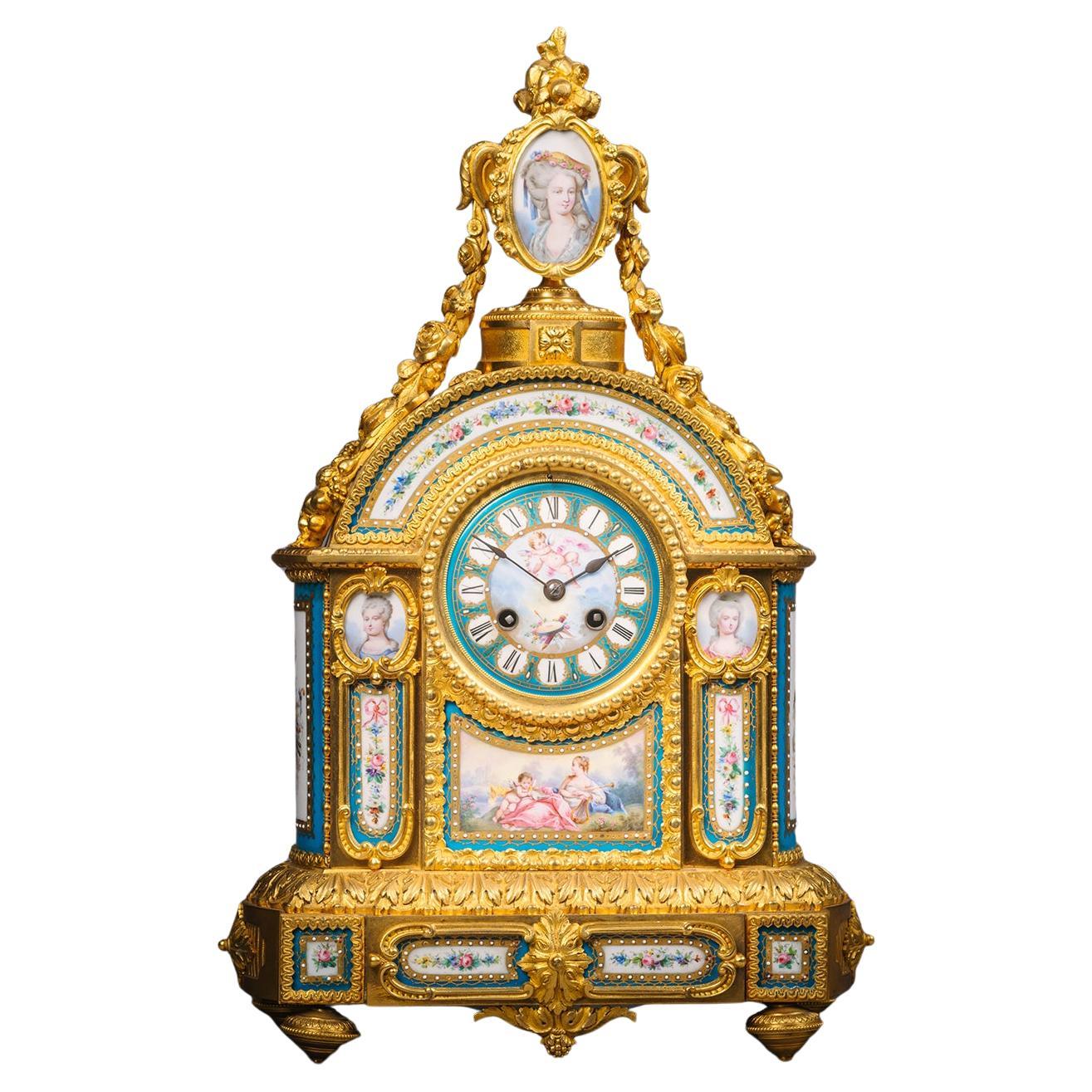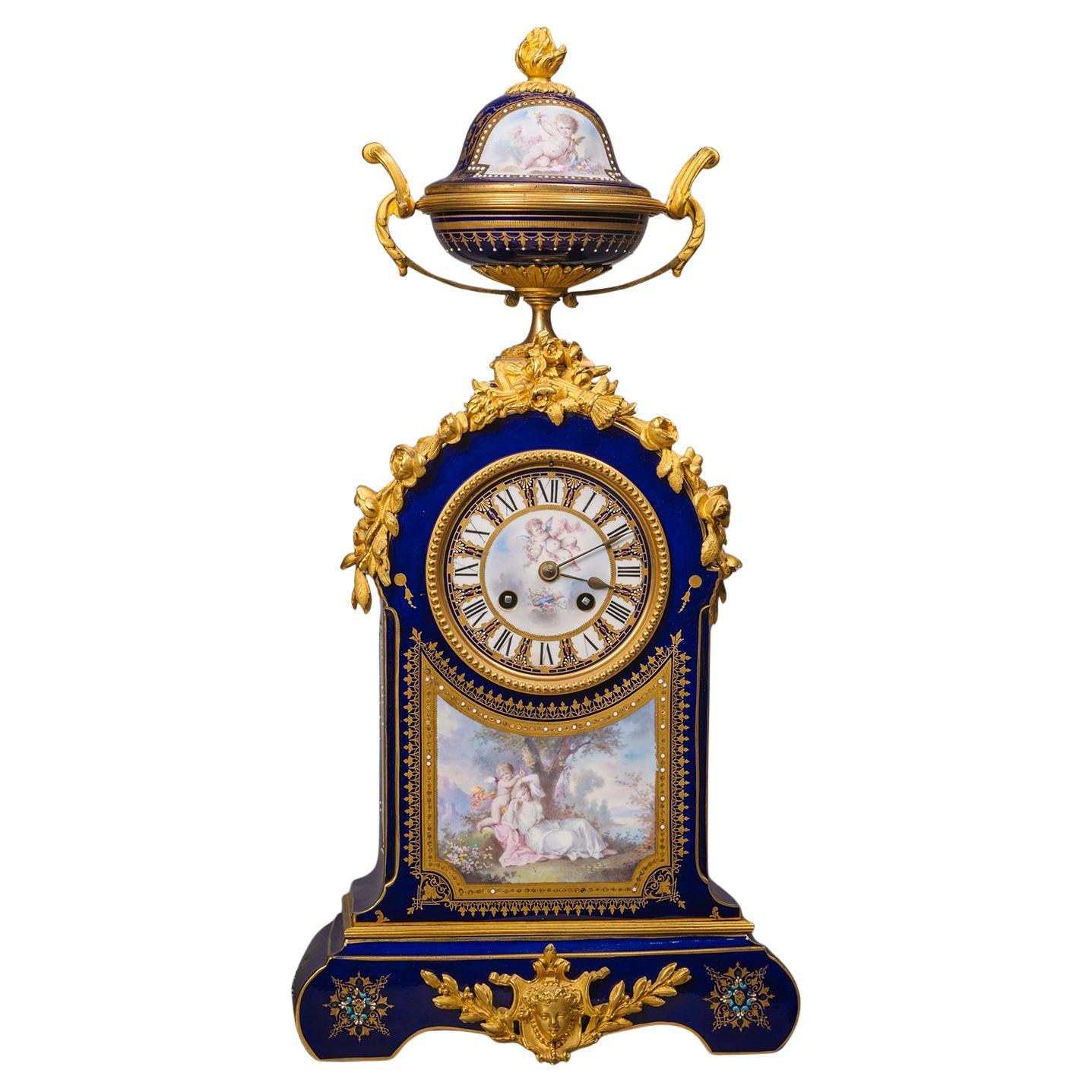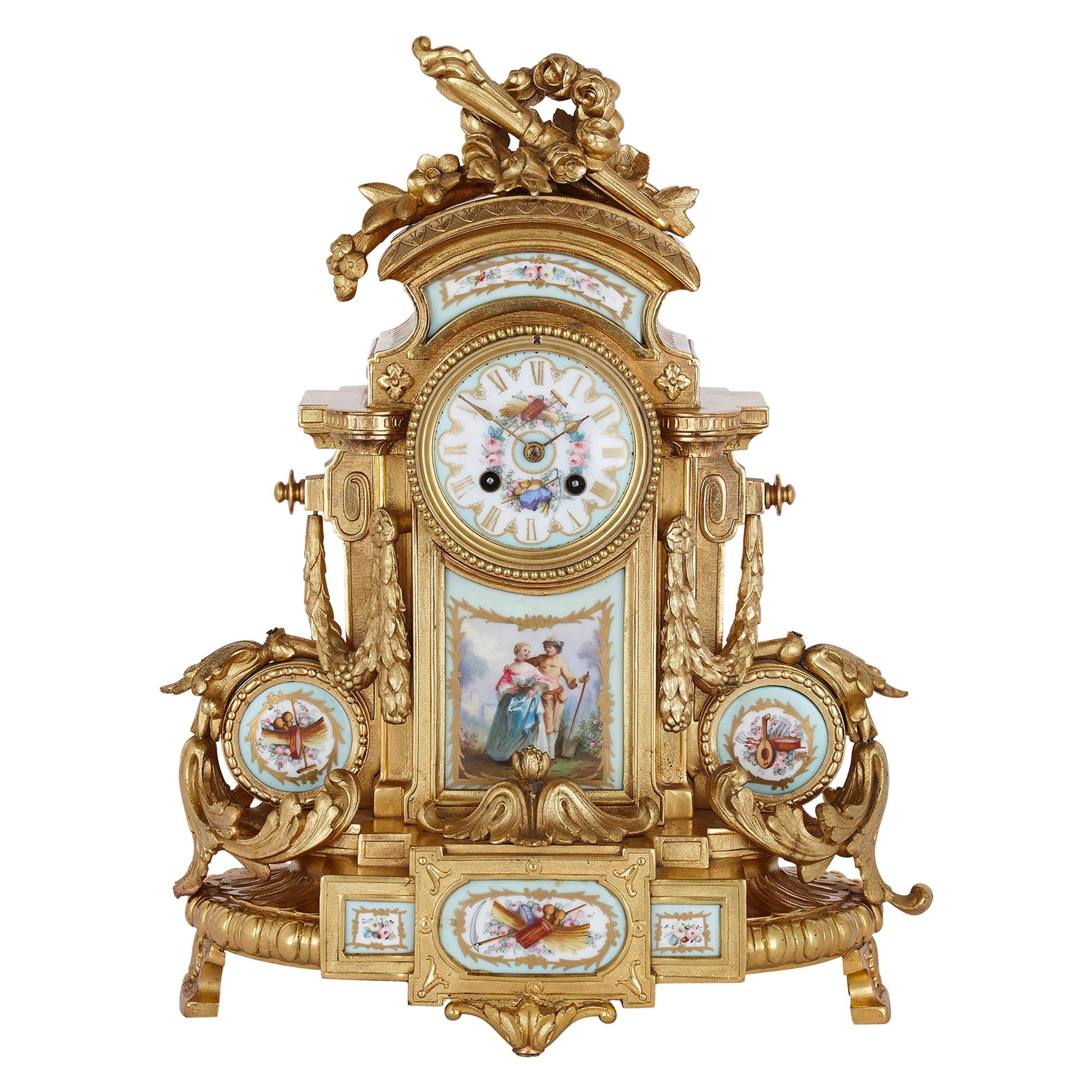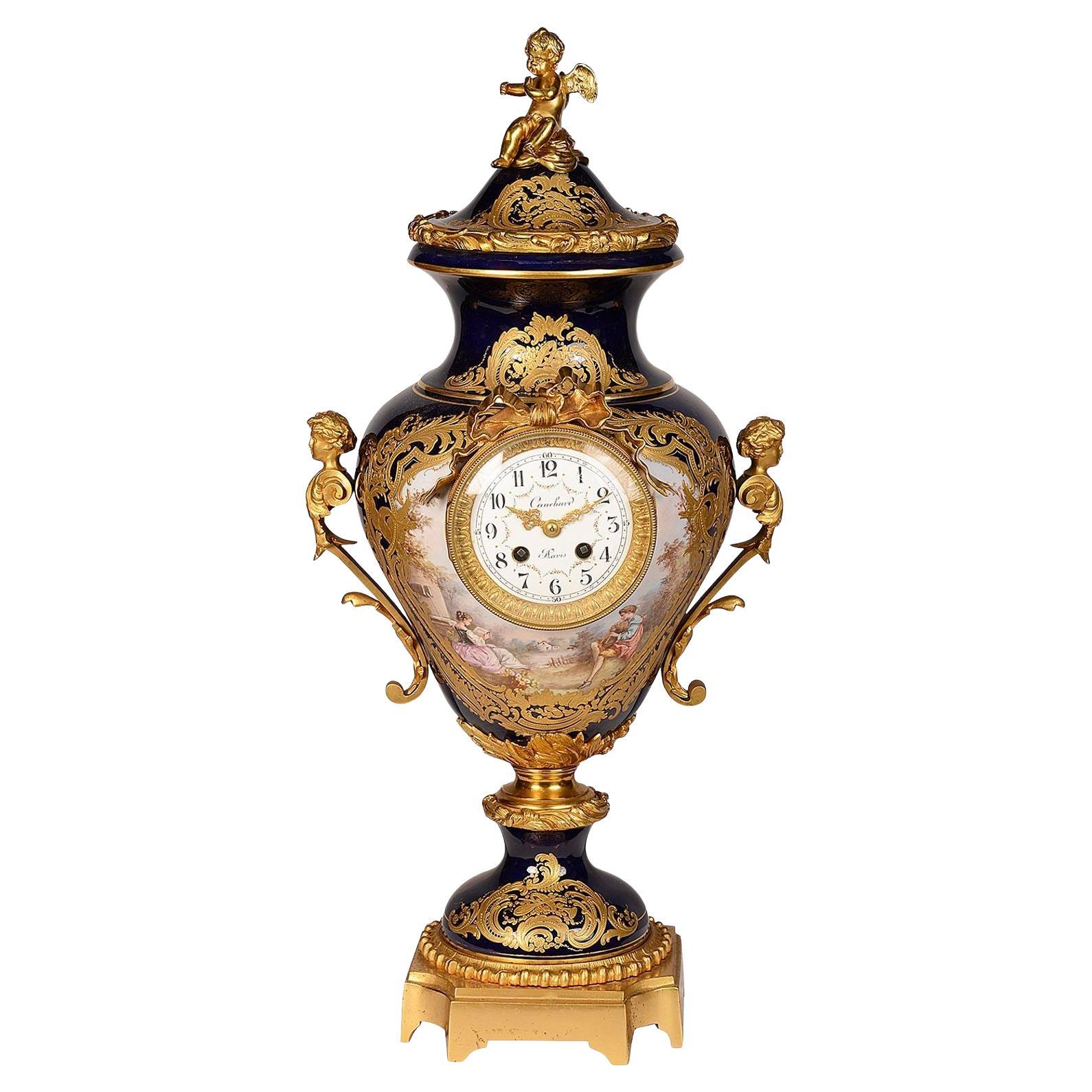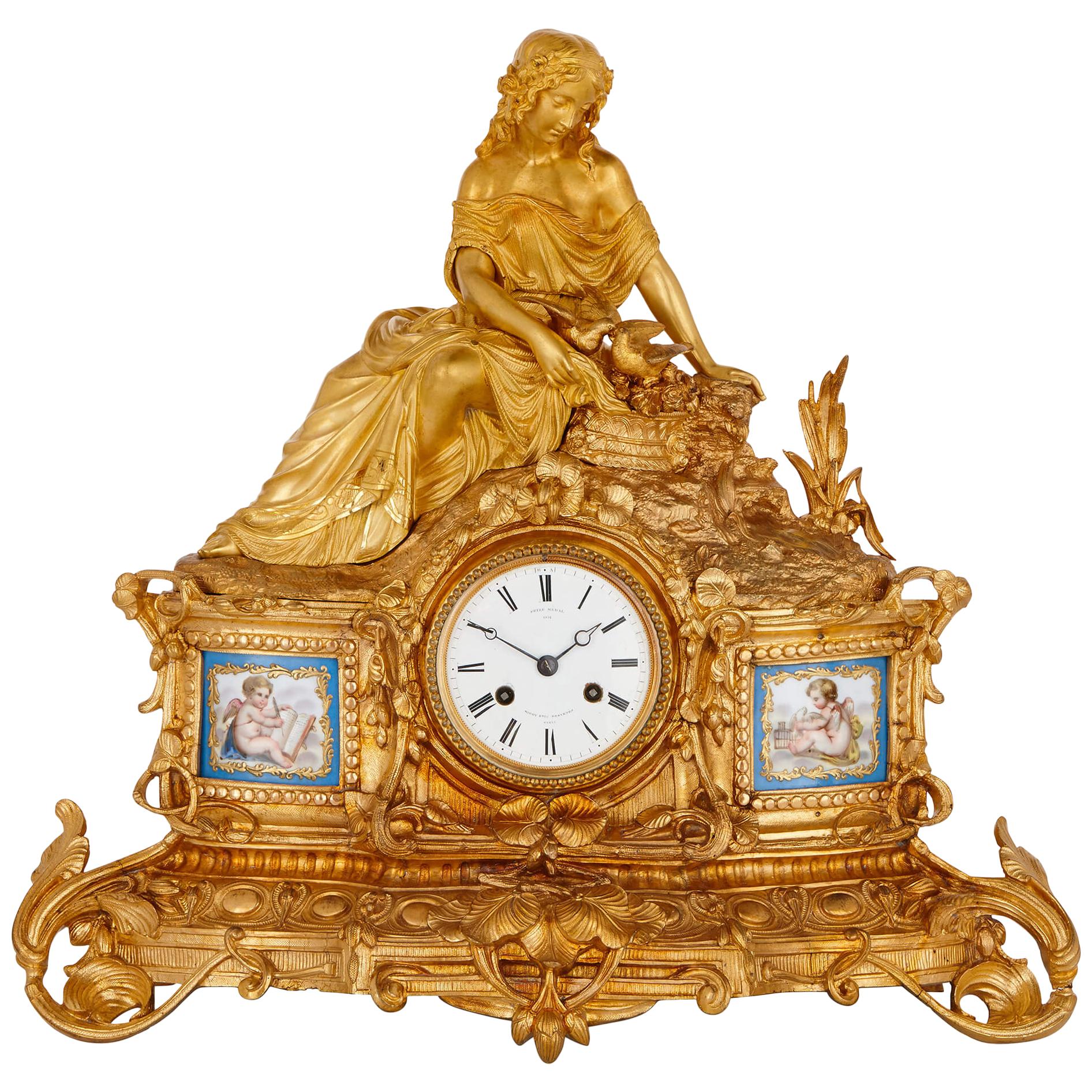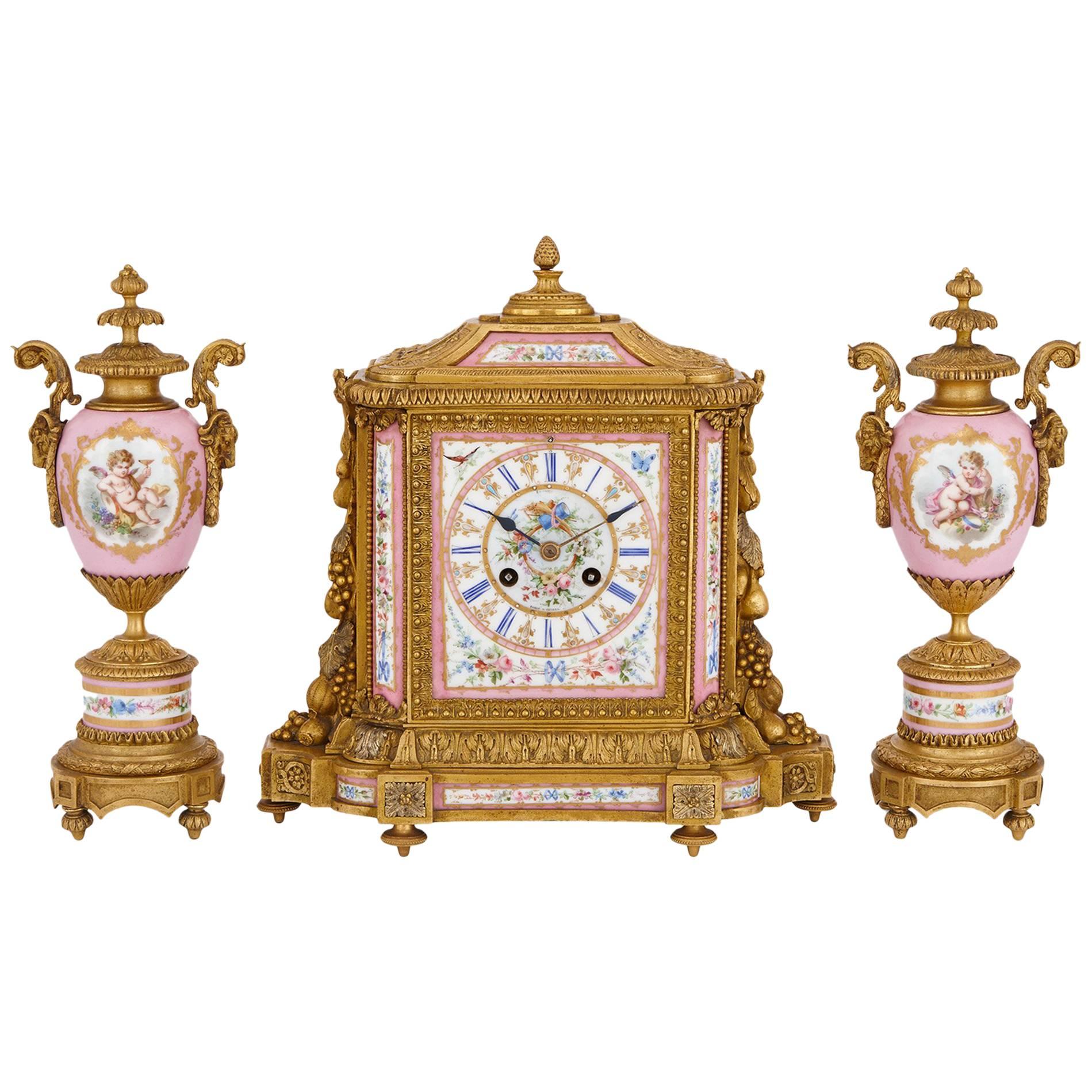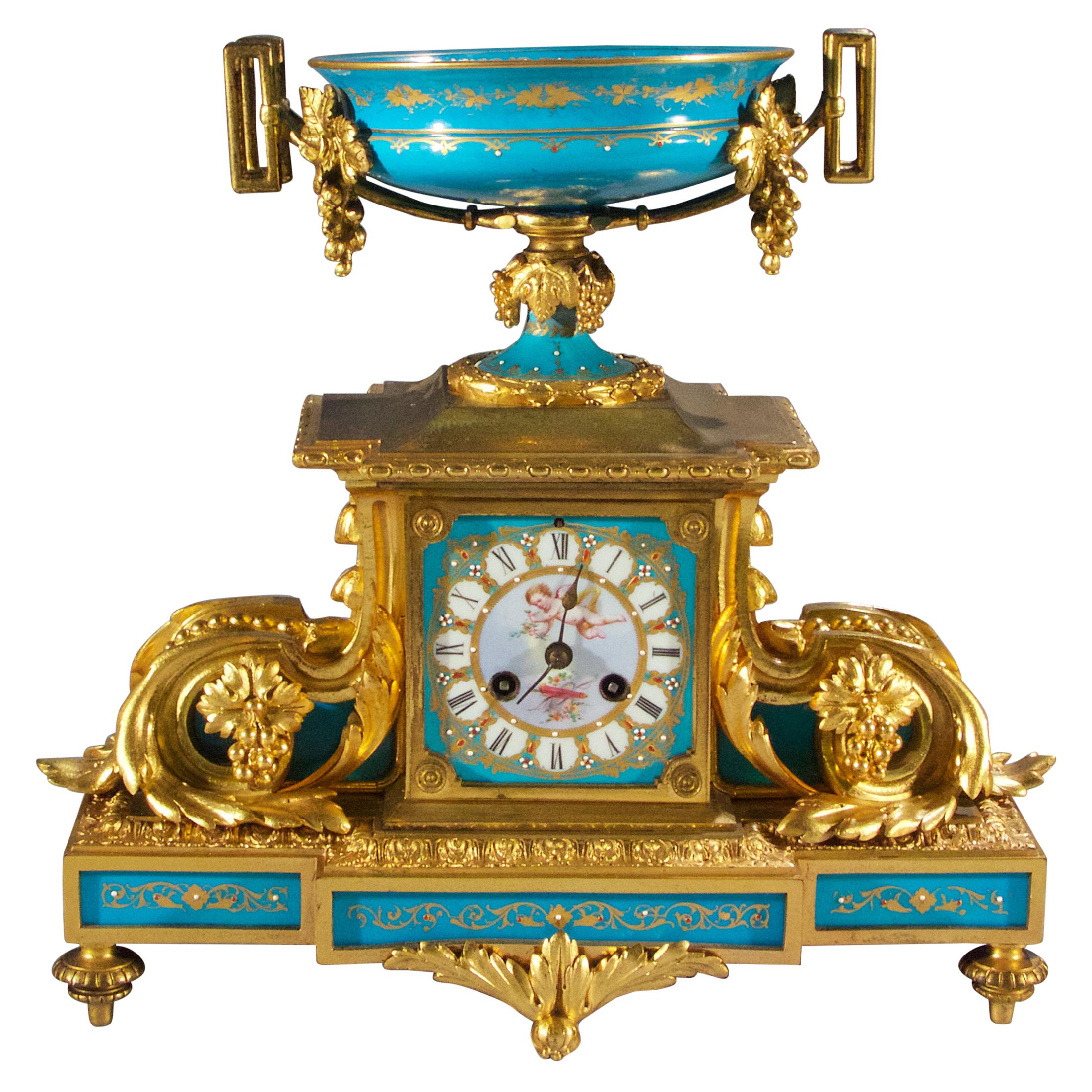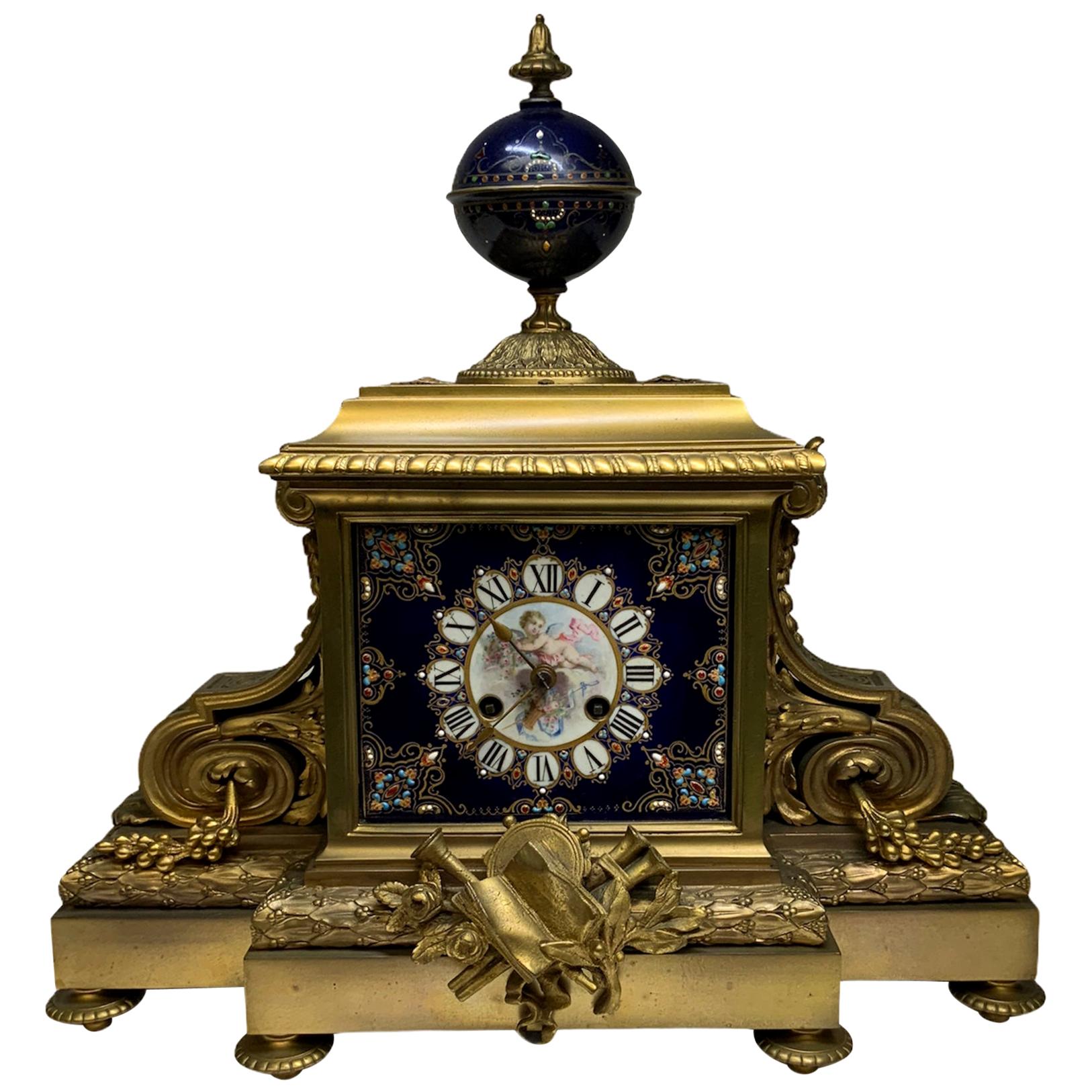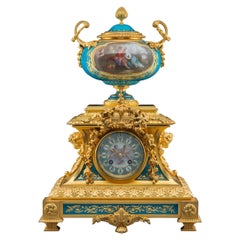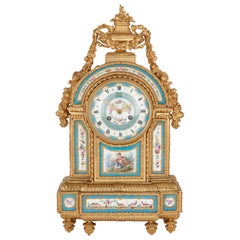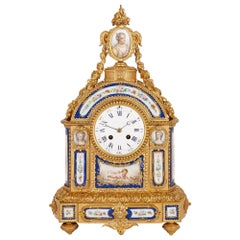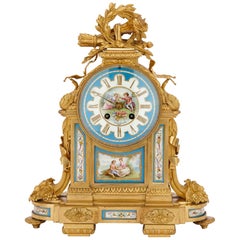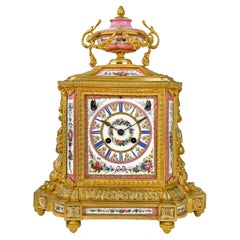
Sevres Style Gilt Bronze & Pink Porcelain Mantel Clock, France, circa 1880
View Similar Items
1 of 8
Sevres Style Gilt Bronze & Pink Porcelain Mantel Clock, France, circa 1880
$4,250List Price
About the Item
- Dimensions:Height: 15 in (38.1 cm)Width: 12 in (30.48 cm)Depth: 6 in (15.24 cm)
- Materials and Techniques:
- Period:
- Date of Manufacture:circa 1880
- Condition:
- Seller Location:Pasadena, CA
- Reference Number:1stDibs: LU7847231720102
Authenticity Guarantee
In the unlikely event there’s an issue with an item’s authenticity, contact us within 1 year for a full refund. DetailsMoney-Back Guarantee
If your item is not as described, is damaged in transit, or does not arrive, contact us within 7 days for a full refund. Details24-Hour Cancellation
You have a 24-hour grace period in which to reconsider your purchase, with no questions asked.Vetted Professional Sellers
Our world-class sellers must adhere to strict standards for service and quality, maintaining the integrity of our listings.Price-Match Guarantee
If you find that a seller listed the same item for a lower price elsewhere, we’ll match it.Trusted Global Delivery
Our best-in-class carrier network provides specialized shipping options worldwide, including custom delivery.You May Also Like
Sèvres-Style Gilt Bronze Mounted Porcelain Mantel Clock
By Manufacture Nationale de Sèvres
Located in New York, NY
Marks to movement: ELR, 1903, R73 to underside of lid.
Origin: French
Date: circa 1900
Dimension: 17 1/2 x 12 x 6 1/2 inches.
Category
Early 20th Century French Mantel Clocks
Materials
Bronze
Sèvres Style Porcelain and Gilt Bronze Mantel Clock
By Manufacture Nationale de Sèvres
Located in London, GB
This beautiful mantel clock has been designed in an 18th century Rococo style, which was popularised by the Sèvres Porcelain Manufactory. The clock has been expertly cast in bronze a...
Category
Antique Late 19th Century French Rococo Mantel Clocks
Materials
Ormolu, Bronze
Sèvres Style Gilt Bronze and Porcelain Mantel Clock
Located in London, GB
This Sèvres style clock is an elegant piece of late 19th century design, which will make a wonderful addition to a mantelpiece. It has been beautifully cast in bronze and gilded (orm...
Category
Antique Late 19th Century French Rococo Mantel Clocks
Materials
Ormolu, Bronze
Antique French Sevres Style Porcelain and Gilt Bronze Mantel Clock
Located in London, GB
The combination of sumptuous, lustrous ormolu and finely decorated Sevres style porcelain makes this mantel clock an exceptional piece. Built in France and retailed by the prestigiou...
Category
Antique Mid-19th Century French Neoclassical Mantel Clocks
Materials
Ormolu, Bronze
Elaborate Gilt Bronze and Sèvres-style Porcelain Mantel Clock, circa 1870
Located in Brighton, West Sussex
A fine and elaborate gilt bronze and Sèvres-style porcelain mantel clock.
French, circa 1870.
A fine and elaborate gilt bronze and Sèvres-style porcelain mantel clock with a fo...
Category
Antique Late 19th Century French Louis XVI Mantel Clocks
Materials
Bronze
Ornate Gilt Bronze-Mounted Sèvres-Style Blue Ground Mantel Clock, circa 1880
Located in Brighton, West Sussex
An ornate gilt bronze-mounted Sèvres-style blue ground mantel clock.
French, circa 1880.
An ornate gilt bronze-mounted Sèvres-style blue ground mantel clock, the shaped rectan...
Category
Antique Late 19th Century French Louis XVI Mantel Clocks
Materials
Bronze
